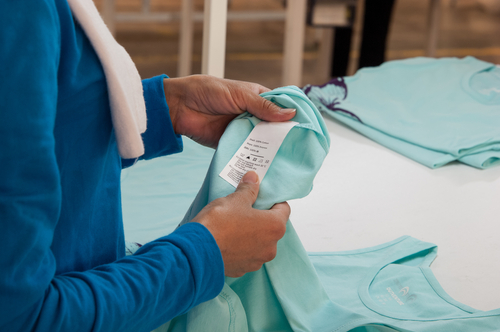What is TT payment?
Telegraphic transfer payment, for TT payment for short, is an electronic method of transferring funds from one bank account to another one both domestically and internationally. Wire transfer is another name for it. It’s commonly used to make payments because of its relative low cost, convenience, and security. TT payments are commonly accepted by suppliers. All that is required is for both parties to have their own bank accounts. If you can make payments in RMB (Renminbi), it can give you an edge pricewise as you will likely get a better exchange rate.
What is the process?
Before you start the process of transferring funds, you need to negotiate the details of your business agreement. Standard practice is to make an upfront payment of no more than 30% before manufacturing begins. Once the first batch has been produced, it is inspected by the quality inspector, and depending on the product, the results of any lab tests conducted are returned. Once the batch has been approved, the remainder of the payment is to be paid upon completion of production, but before the original Bill of Lading is issued by the supplier.
All wire transfers are done through the bank. Depending on your bank, you can do it via the internet, the phone, or in-person at a branch.
Things To Watch Out For
While TT payment is generally a safe method, it’s not completely foolproof. Fraud-related problems can arise throughout the process. Here are things to watch out for when making a TT payment:
1.Payment to correct company
It is necessary to confirm the account holder is the supplier to avoid any potential fraud. There have been cases where hackers have hacked into email accounts and changed the supplier’s bank account details on the proforma invoice. Some have even gone as far as to intercept email communication and pose as the supplier. When the payment has been made, it will take a while for the buyer and the real supplier to realize what has happened. Once the confusion has cleared, it is difficult to trace and retrieve the payment. To avoid the hassle, always confirm the supplier is the holder of the account.
2.Export agent accounts
Some suppliers will use an export agent to clear the goods through Chinese customs when they don’t have an export license. You will pay the agent the funds, and the agent in turn will pay the supplier. There is a fee of 2-3% of the payment which you will pay to the agent.
There is a risk of the export agent not being the actual agent, although no cases have been reported so far. However, it is good practice to do your due diligence and confirm the export agent is indeed the supplier’s agent.
3.Confirmation of required payment details
Before you wire funds, confirm with your bank and your supplier what details are required to send the payment. Payment instructions should be written in the purchase agreement. Any changes to the instructions should be put into writing and signed by both parties to confirm acknowledgement. By doing this, you are protecting yourself in case any issues arise.
4.Hong Kong accounts
Some suppliers prefer to be paid via an account held by a company registered in Hong Kong. The problem with this method is the supplier is indirectly paid which makes responsibility of the goods is hard to determine. There is also the issue of whether the account is affiliated to the supplier because the name on the account could be quite different. When this situation happens, there are concerns about fraud. It is highly recommended you don’t send funds unless the name resembles the Chinese company’s name.
5.Private accounts
Never transfer funds to a private account. Any legitimate business will have a bank account under its name. If you are told to send the payment to a private account, you should investigate to see if there is fraudulent activity.
Other Tips:
Apart from fraudulent activity, there are other concerns which could cause problems with the wire transfers. Here are ways to smoothen the payment process:
1.Pay all bank charges for all parties
Bank fees will be charged along the way and possibly taken from the payment. As a result, the supplier may not receive the full payment amount. If this situation occurs, the supplier will withhold the products until the payment is paid in full, causing delays in shipment for you. To avoid this problem, pay all bank fees charged by your bank, the supplier’s bank, and any intermediary banks.
2.Write the beneficiary’s details in full
Always make sure the beneficiary’s details are completed correctly and in full when transferring funds. If there is a discrepancy, the funds will be held and returned after some time, which will cause delays. Other than time, the delay will cost you in bank fees as well. Due to Chinese companies having long names, you may run out of space to write out the company’s name. In this case, continue to write the name in the address section. Lastly, check the address given is registered with the bank. Sometimes, the account holder forgets to update the address on the account.
By following the tips mentioned above, you should avoid all the potential pitfalls of TT payments. In any case, always use common sense when necessary.








